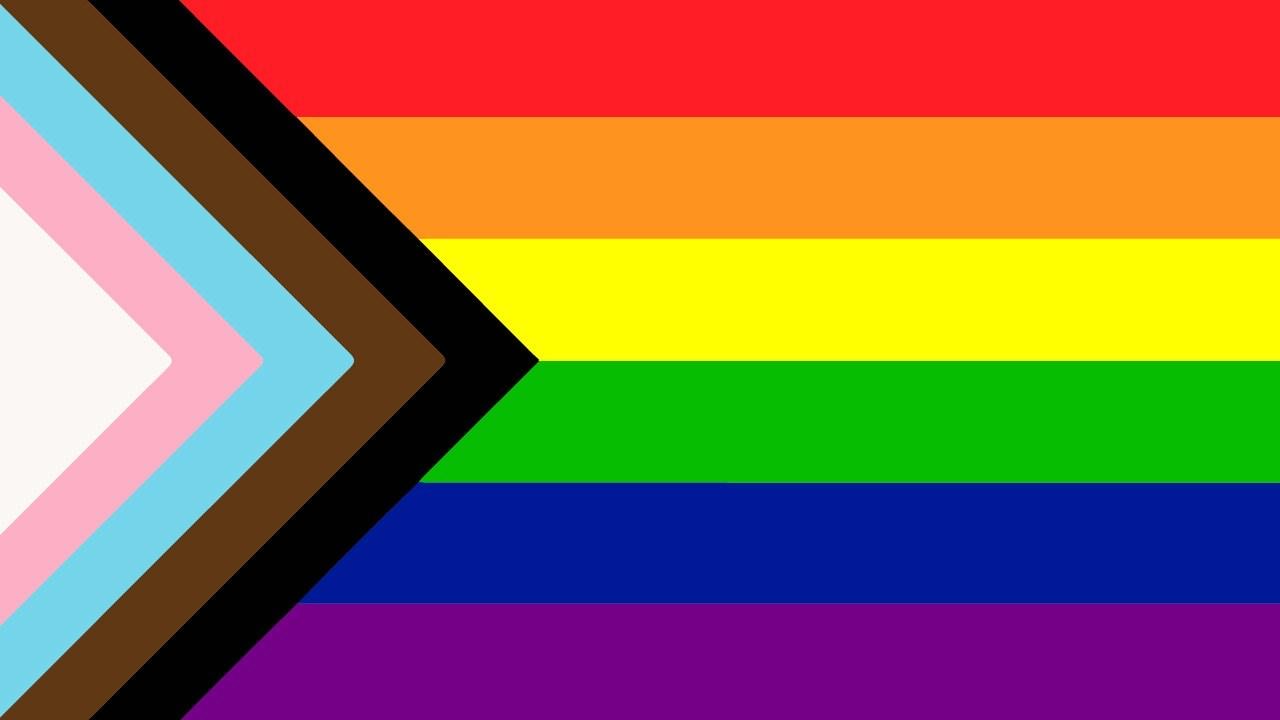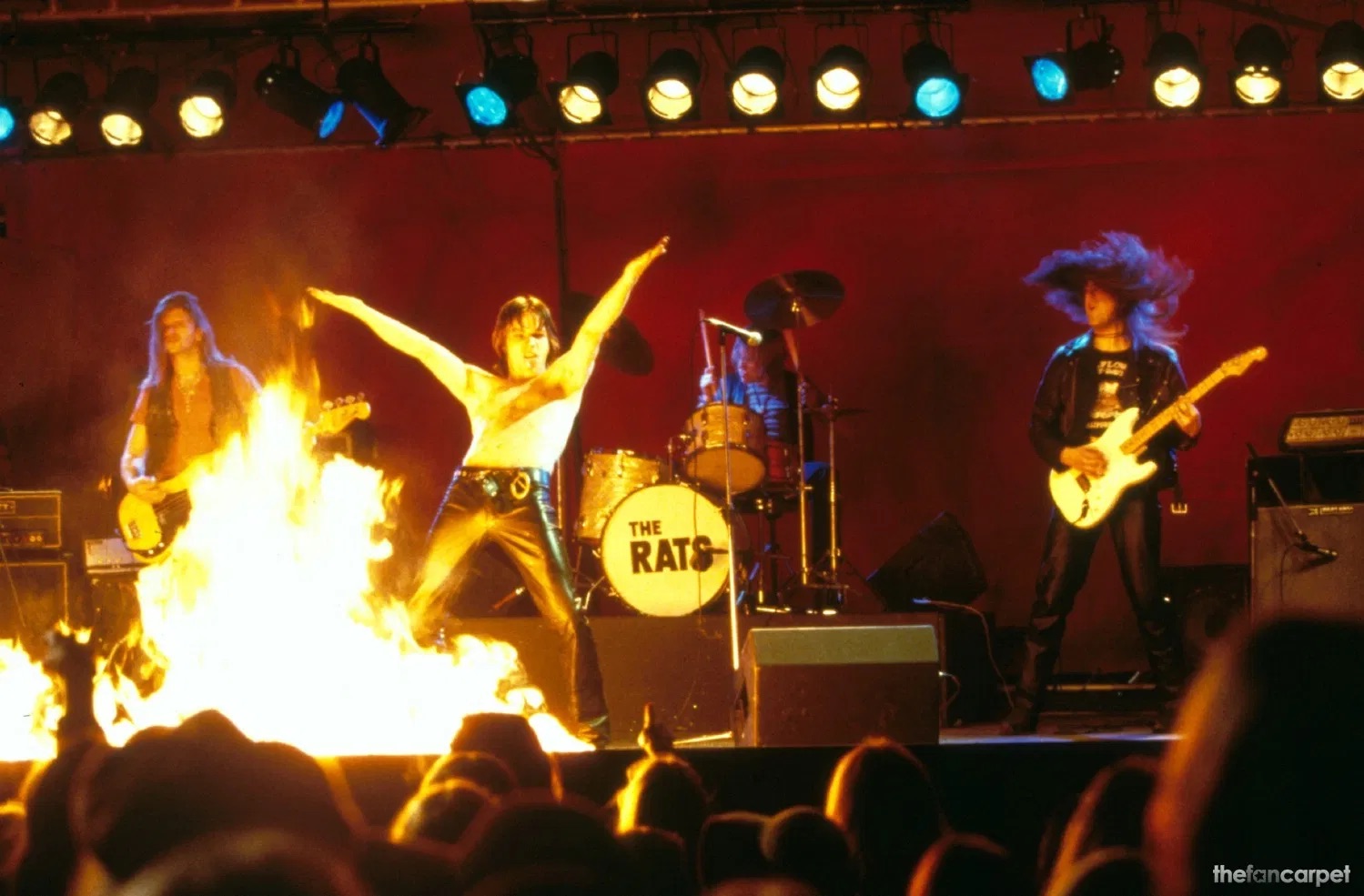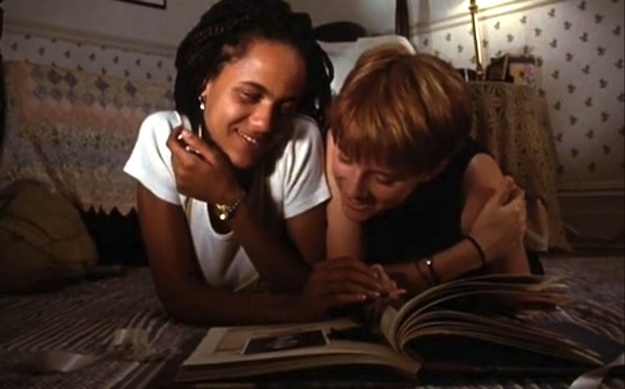I grew up in a small Maine town during the 1980’s and if you’d asked me way back then I would’ve said there wasn’t a single LGBTQ+ person in town. Sure, many of us had relatives who lived with “roommates” or “friends,” but absolutely no one was gay. Of course, such statements are absolutely ridiculous and I’m quite certain, statistically impossible. Just because I lived in a town the size of a football stadium doesn’t mean there weren’t a good number of LGBTQ+ people living there, it just wasn’t talked about. Looking back on it now, I don’t know how anyone was able to grow up LGBTQ+ in my hometown. It had a long history of racial bigotry, and the “f” word was spoken more often than I’d like to admit. Calling someone “gay” was just another way of saying they were being an idiot, or exhibiting something that wasn’t part of the heterosexual norm.
It must’ve been awful.
I’ve never been one to blame the media, but the pop culture of the time certainly didn’t help. Boy George might’ve been the lead singer of Culture Club, but he wasn’t seen on the regular. If a television show or movie happened to have an LGBTQ+ character they were usually one of two types. If they weren’t the “unspoken” sexual orientation like Amy Madigan in Streets of Fire (Tom Cody just wasn’t her type) then they were flamboyant like Lamar in the very problematic Revenge of the Nerds series or Hollywood from Mannequin. Far too often they were the sidekick or the comic relief and not an actual three dimensional person.
(Yes, I know there are instances out there, like Billy Crystal’s portrayal of Jodie in Soap, but they tend to be the exception rather than the rule.)
For my young and uninitiated brain, it would be very easy to recognize a gay person.
Of course, once high school ended I realized that I went to school with numerous LGBTQ+ people, and most of them kept it quiet while they were there. While I cannot blame them for doing what they needed to do to make themselves feel safe, I can put some of the blame on myself for not helping to create a better environment for them.
My ignorance was a problem. I can’t be too hard on myself because there weren’t the educational programs and outreach that are available today. The ability to reach out to a bookstore (there were none in my hometown) and request books with major LGBTQ+ characters just couldn’t have happened. So I did what I frequently do when I want to learn more about a subject.
I turn to the movies.
Thankfully, in this instance, they didn’t let me down. As my high school days began to wind down I was lucky enough to see two films that would go a long way towards educating me, 1992’s Philadelphia and 1993’s And the Band Played On.
I cannot imagine that I have to tell too many people about what a revelation Philadephia proved to be. Starring Tom Hanks, who at that point was mostly a comedic actor known for Big, Bachelor Party, and The ‘Burbs, Philadelphia told the story of a young lawyer, Andrew Becker, who was unlawfully fired from his job for his sexual orientation and his eventual diagnosis of AIDS. For me, AIDS was just something that was mentioned on the news. It had moved past it’s initial stigma as a “gay disease” and people were beginning to realize that it could effect anyone, although it still disproportanately effected the LGBTQ+ community. Hanks won a billion awards for his work and gave an amazing performance and for many of us, humanized the LGBTQ+ struggle for the first time.
The second film, And the Band Played On, dealt with the early days of the AIDS crisis, specifically how the scientific community and government chose to deal with it. The film crushed me. I couldn’t believe that the government would do something so callous and cruel as to essentially ignore a disease that was killing people simply because they were gay. I was younger then and didn’t realize that the government can be absolutely awful. Growing up in a small town can lead to some naivety.
So when the time came for me to move out of my hometown and into the big city, I did everything I could to learn about cultures that had been foreign to me. I learned about events like the Stonewall Riot, LGBTQ+ authors, artists, and most definitely, filmmakers.
That of course leads into this month.
While it can be said that all film decades are important to learn about the contributions of the LGBTQ+ community to cinema, for me it began in full with the 1990’s. Films like the Birdcage brought the community to the mainstream and directors like Gus Van Sant showed us the cracks that people can fall into with My Own Private Idaho. With the explosion of independent cinema and the VHS market, as well as the incoming DVD boom, films that represented LGBTQ+ thankfully became easier to find, enjoy, and most importantly, share.
So that’s what I’m going to do this month. Every Tuesday, Friday, and Sunday, I’m going to share a film either created by, or about, the LGBTQ+ community. I easily have more films to talk about than I know what to do with, but I’m hoping that anyone who reads my work will throw out some suggestions to me, either because you want to recommend it or for some reason hear me talk about it. I’m hoping that films I’ve never heard of will be thrown my way because even someone who watches as many movies as myself has certainly missed some, and if I’ve learned anything from my youth it’s that I need to be receptive in order to learn.
I’m hoping I’ll learn plenty this month.
Thank you all for reading and happy PRIDE month to everyone.



